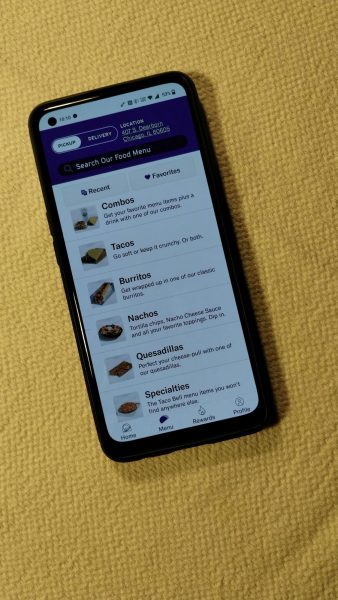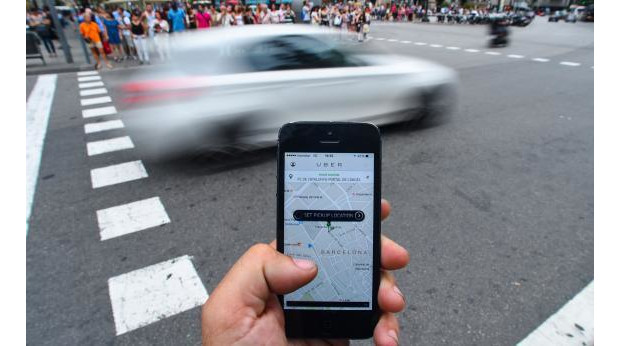Front Seat or Back: A Story About Sharing
Photo courtesy of Twitter via Trove
Uber user tracking his car on the Uber mobile app.
This past February I took a trip to Denver. My flight got in around 11:00 p.m., and I could not afford to rent a car for the trip, nor did I have a license to do so. With no friends around to pick me up, I wondered what my next option was.
Shortly after, I found myself in the front seat of a blue Honda Civic with a man I never met before and probably won’t ever again. While this may have the beginnings of a horror story better suited for news, it was not. This was Uber.
Less than a decade ago, I would have begged my friends to get out of bed at midnight, flu or not, and pick me up from that airport. Or prayed there was a cab or a means to call one near the exit. So what’s changed?
Everything! More and more people are changing and reducing their means of ownership. We are building tiny homes, renting bikes, sharing rides and even apartments with strangers. Companies like Airbnb, Lyft, Uber and Divvy are popping up. Letting us become personal space invaders every day.
Uber and Lyft, are services once referred to as “car sharing,” is now better described as “ride hailing.” Since that late night in February, I’ve used both Uber and Lyft a number of times both alone and with others. I have used them both and the differences are minute overall. Uber is more recognizable as far as brand, so therefore more popular in online polls.
Uber, being a Google Ventures company, seamlessly integrated into my Google maps app. By being so integrated into my means of getting directions, this twisted, taxi service already knows where I want to go and where I am waiting to get picked up. I will say this for Uber: the offering of a luxury car option, as well as a large car option right in the app, is intriguingly posh for what is, essentially, just a taxi service.
I tend to favor Lyft for the slightly lower pricing, upfront surcharge policy and the ability to tip my driver. This last one is really handy for those who don’t carry cash. The Uber tipping policy is vague and it does not offer in-app tipping. Which leaves me feeling guilty for not carrying cash and wishing that my trip was longer.
Between the two services, I would say the other main difference would be “where do I sit?” Uber riders generally sit in the back, like a regular taxi, and stare out the window or make light conversation. Lyft is quite the opposite. With Lyft, it is common to sit in front or back and chat with drivers who sometimes offer extras like gum, water and even granola bars.
Are these ride-hailing services just the next step in personal space invasion? We share our lives on Facebook. We share our thoughts on Twitter. We share our photos on Instagram. We share our homes on Airbnb. We share our bikes with Divvy. Is it just the next step to share our car rides with strangers as well?
Robin is a English major. Her minors include Child Advocacy and Teaching English as a Second/ Foreign Language.




Dectar • Aug 31, 2015 at 4:03 am
Sharing is a good thing to save our economy. But when we sharing something with unknown persons will be highly risk. So, sharing a taxi with others will push you in a dangerous situation.
————————–
John,
Dectar, http://www.dectar.com